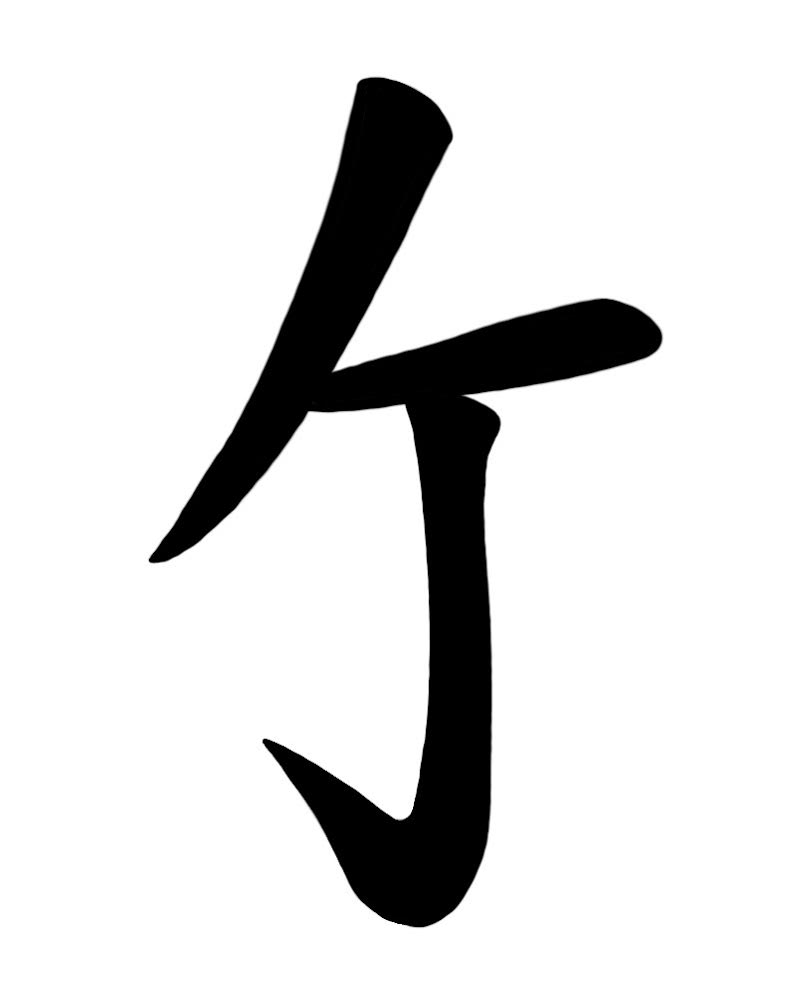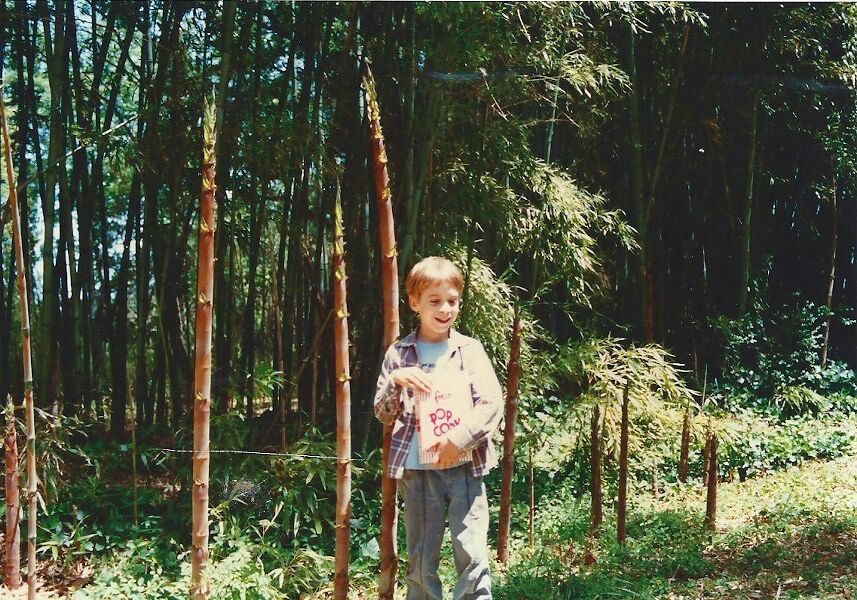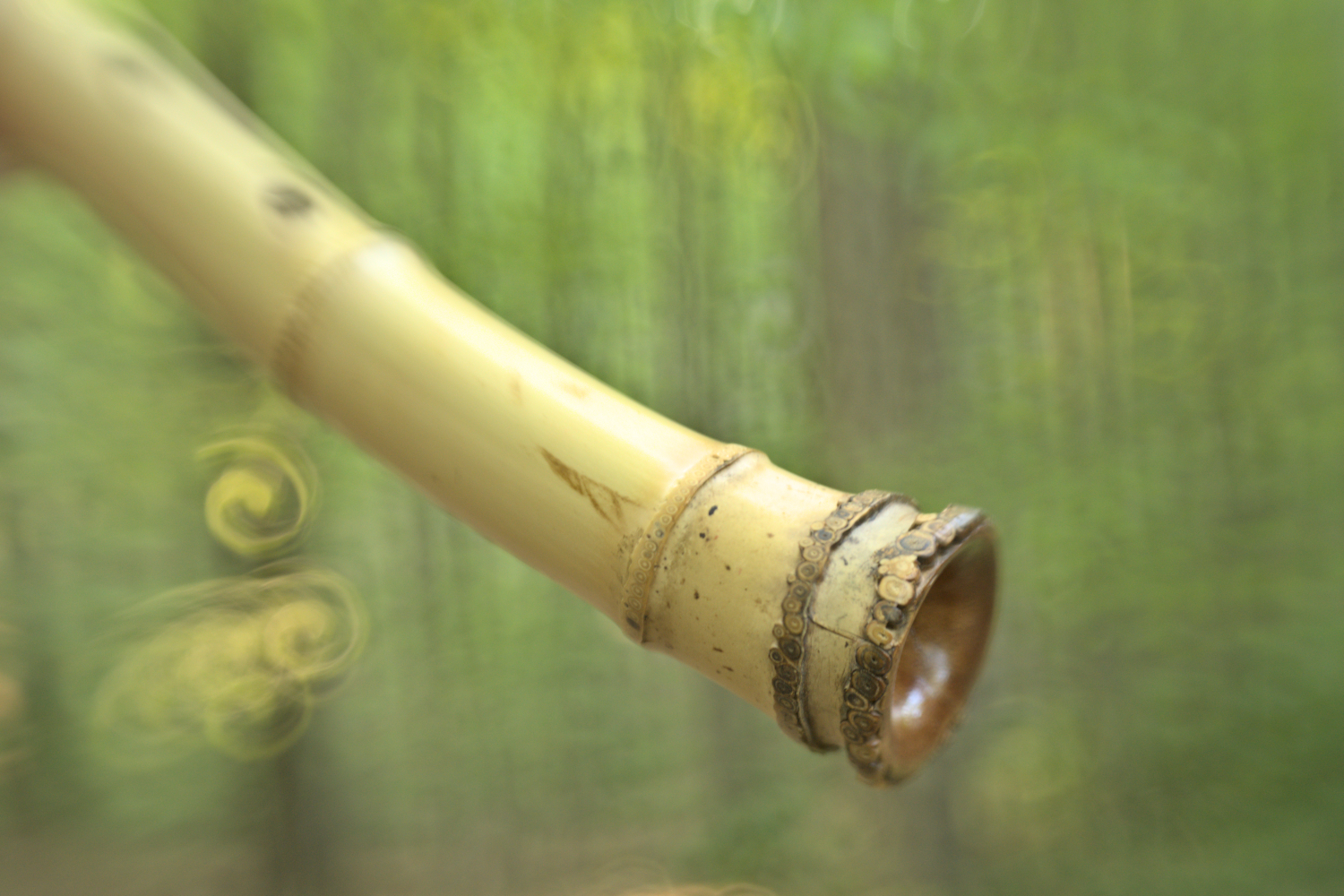A Lifetime of Walking with Bamboo
My connection to bamboo, and flutes made from it, feels as old as I am. Around fifteen, my love for the material blossomed into a passion for crafting bamboo flutes. This creative period ran parallel to my first explorations in meditation, and when I finally encountered the shakuhachi, it unified these things in a single, resonant form. From that moment, it has been my constant companion in sound and stillness.

This dedication led me, at age nineteen, to move to New York City for immersive shakuhachi study in 2005. Supporting my journey through flute sales and a spartan lifestyle, I was able to learn from masters like Ron Nyogetsu and travel to Kyoto to study with Kurahashi Yodo II.
A new chapter began in 2010 under the tutelage of Justin Senryu. His mentorship culminated, after more than a decade of devoted practice, in the profound honor of being granted the title of Daishihan “Grandmaster,” or, as I prefer, “senior instructor” (大師範). My Chikumei (‘bamboo’ shakuhachi license name) and Kaimyo (‘Dharma name’) is Josen (alt. Seisen; 静泉). Together, these meaningful Kanji mean ‘clear-mind source/spring’.
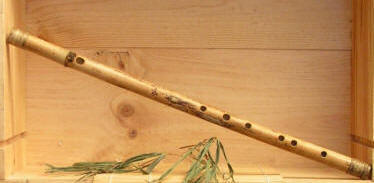
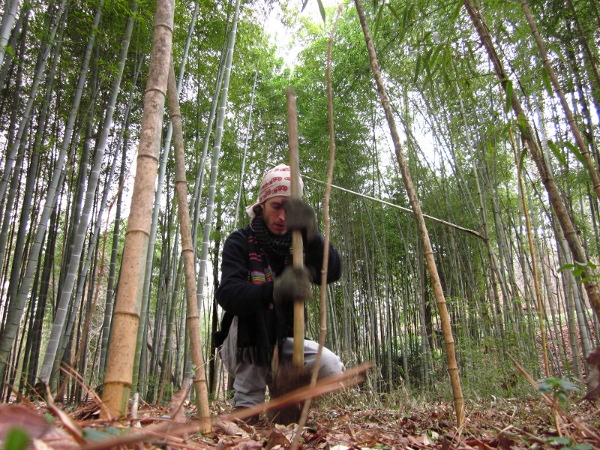
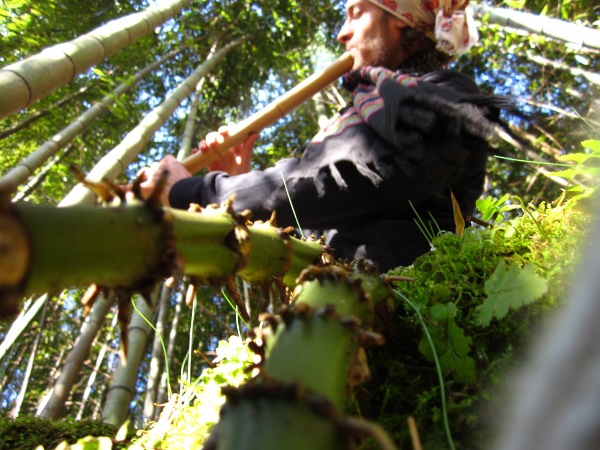
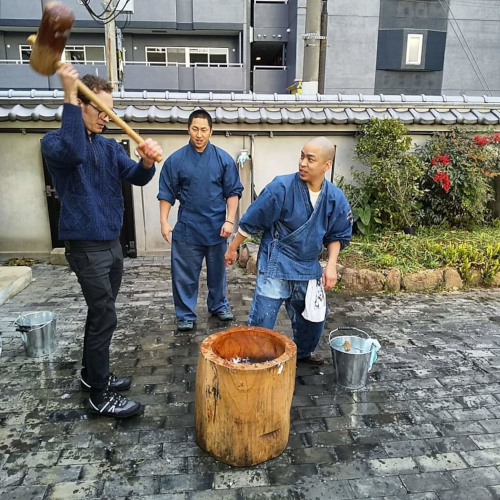
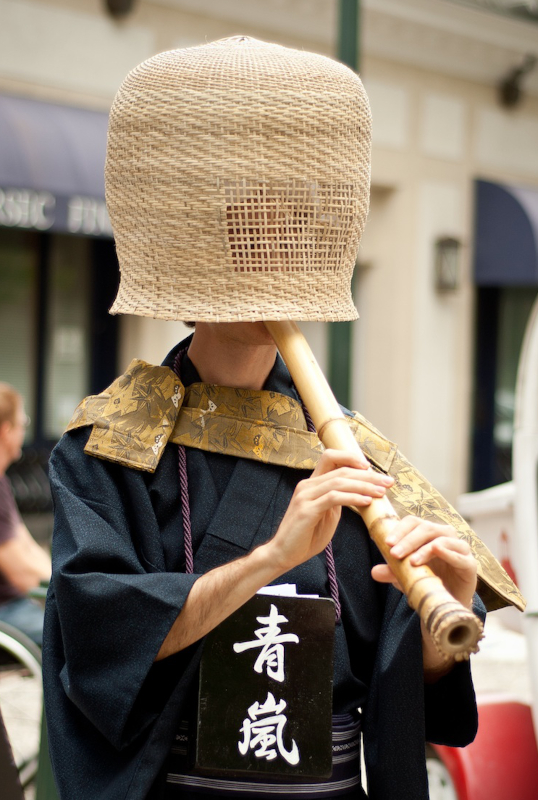
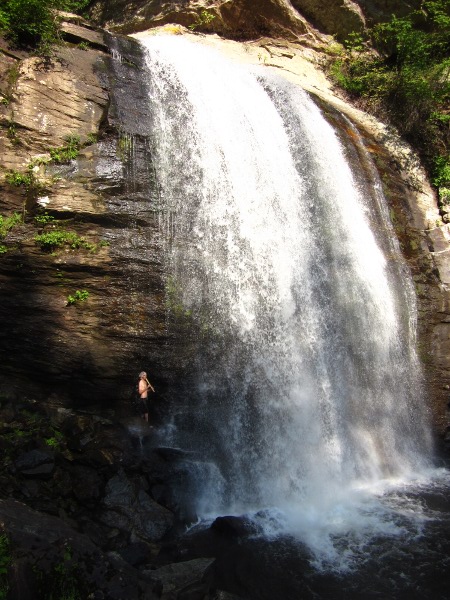
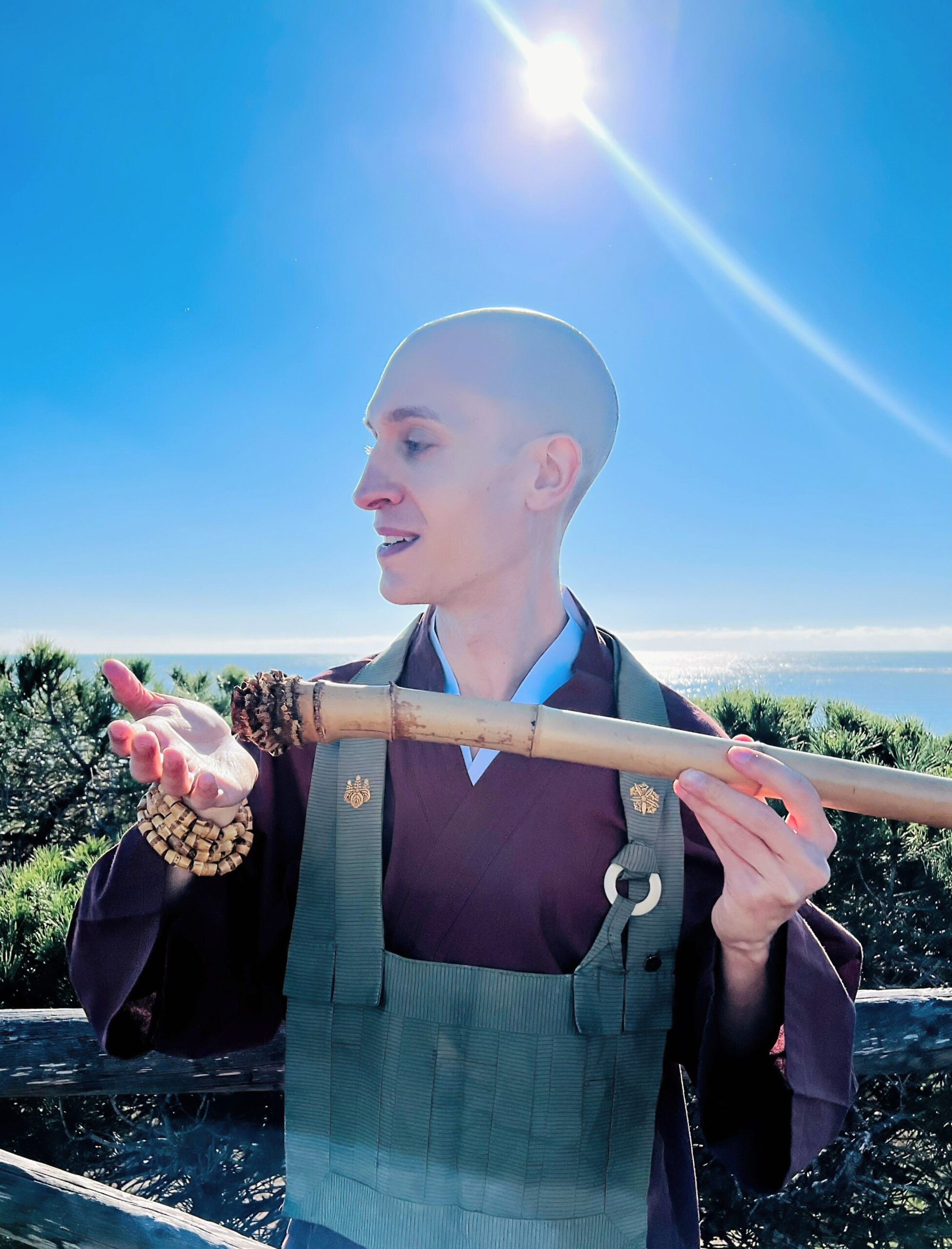
Timeline
- 1985: Born Jonathan Harrison Kypros (Κυπριανός).
- 2001-2002 (Ages 15-16): Began formal meditation practice and crafting bamboo flutes.
- 2005-2008 (Ages 19-22): Moved to NYC to study the Jin Nyodo style under Ron Nyogetsu and Kurahashi Yodo II, including study in Kyoto. Granted the maker’s name Shingetsu.
- 2007: Became the first person to copy and cast the bore of a Jinashi shakuhachi (initiating the development of what would become the Bell Shakuhachi).
- 2008: Among the first to utilize YouTube for shakuhachi instruction (older videos unfortunately deleted).
- 2010: Pioneered the use of Japanese Madaké bamboo grown in America for shakuhachi.
- 2010-2022: Studied older styles of Honkyoku from Justin Senryu for over a decade, culminating in a Daishihan (‘Grandmaster’) license (大師範), the Chikumei (‘bamboo’ shakuhachi license name), and the Kaimyo (‘Dharma name’) Josen (alt. Seisen; 静泉) meaning ‘clear-mind source/spring’.
- 2011: Became the first non-Japanese person to weave a Komuso shakuhachi monk Tengai “basket hat.”
- 2012: Released the first publicly available iteration of the Bell Shakuhachi for sale, the world’s first Jinashi and Jimori copies.
- 2015: Authored Your Shakuhachi Journey.
- 2018: Released the second iteration of The Bell Shakuhachi, made from bamboo eco-composite.
- 2023: Received Zen Buddhist Precepts and the Rakusu.
- 2023: Relocated to France from America.
The Honkyoku Styles I Have Received
Below is a list of older regional styles of Honkyoku passed down to me by my teacher, Justin Senryu. Many of these pieces were preserved through the lineage of Yamaue Getsuzan 山上月山 (b. 1908). Yamaue’s student, Sato Reido 佐藤鈴童, along with Sato’s student, Otsubo Shido, both taught Justin directly. Through Justin’s Senryu-kai shakuhachi school, where I hold the Daishihan (Grandmaster) license, we continue to study and preserve these rare works.
For the Seien Ryu of Fudaiji Temple, we are especially grateful to the late Iwata Seien VI, who also taught Justin directly and helped pass on this unique repertoire.
Fudaiji Temple 普大寺 Seien Ryu 西園流
These Honkyoku originate from Fudaiji Temple (普大寺) in Hamamatsu (later relocated to Nagoya). They represent the repertoire first learned by Higuchi Taizan in his hometown (pieces that would later form the foundation of his school, Myoan Taizan Ryu, often simply called Myoan or Meian, after he relocated to Kyoto).
Kinpu-ryū 錦風流 / Nezasa-ha 根笹派
A Honkyoku tradition from Aomori Prefecture in the far north of Japan, originally founded by active samurai. Kinpu Ryu is known for its distinctive pulsing breath technique, komibuki.
Kyushu-Kei 九州-系
Honkyoku from Kyushu which is said to be the birthplace of Honkyoku. These pieces were passed down through Komuso temples of the Fuke Shu, such as Icchoken (also romanized as Itchoken).
Oshu Kei 奥州-系
Honkyoku from the historical Oshu region, including traditions from Echigo Myoanji-den 越後国明暗伝 in northern Japan. This lineage significantly influenced Watazumi, and by extension, his student Yokoyama Katsuya.
Myoan Shinpo Ryu 明暗真法流
This tradition comes from Myoanji Temple in Kyoto and is sometimes referred to as “Old Myoanji” (Kyu Myoanji). Shinpo Ryu uses a distinctive set of katakana notation, unlike Myoan Taizan Ryu, which does not retain the Honkyoku of this earlier Myoanji lineage.
Lineages from Individual Masters
Myoan Taizan Ryu 明暗 対山派
I teach select Honkyoku from Myoan Taizan Ha, including all of the Myoan versions of the original eleven Fudaiji Seien Ryu pieces. Higuchi Taizan 樋口 対山 (1856 – 11/22/1914), the founder of Myoan Taizan Ha, was originally trained in Seien Ryu. He traveled across Japan collecting Honkyoku before settling in Kyoto, where he founded his Myoan Taizan Ryu and revived Myoanji Temple with his new repertoire.
I also specialize in a faithful transmission of Ajikan, rooted in the lineage of its composer, Miyagawa Nyozan 宮川如山 (1868–1946) who was one of Higuchi Taizan’s first pupils.
Jin Nyodo Kei 神 如道-系
Known for its long phrasing and spacious feeling, Jin Nyodo’s arrangements (such as his version of Myoan Taizan Ryu Kyorei and Darani, based on Reibo from Myoan Shinpo Ryu) are particularly admired for their depth and refinement.
Watazumi and Yokoyama Katsuya Lineages 海童 道祖 老師 – 横山 勝也
This bold and expressive lineage comes from Watazumi Doso Roshi’s Dokyoku style, and his student Yokoyama Katsuya’s school, Chikushinkai (竹心会), also known internationally as KSK (Kokusai Shakuhachi Kenshūkan, 国際尺八研修館).
